Satellite Might Not be the Best Fix for UK and EU Superfast Broadband
As Europe’s 2020 Digital Agenda deadline looms, when every home across the EU is supposed to be put within reach of a 30Mbps+ capable “superfast” broadband connection (plus 50% subscribed to a 100Mbps+ service), there’s a growing recognition that the target will not be met. Some hope that Satellite might be the solution, but it’s not so simple.
Admittedly some countries will do better than others and indeed the United Kingdom, which currently looks to be roughly on course to deliver 25-30Mbps+ capable Next Generation Access (NGA) via fixed line connections to around 95% by 2017/18 (98% if you include wireless/mobile etc.), sits among a modest sized group of countries that will come close to achieving Europe’s goal on time.
The situation is neatly predicted in this 2020 map forecast from Point Topic.
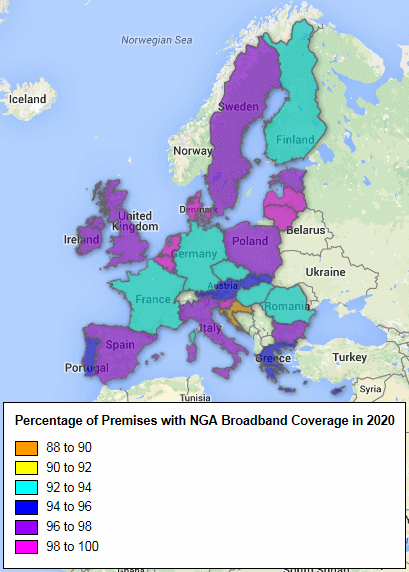
The problem for Europe is that connecting up the final 2-5%, which is often reflective of people who reside in some very remote rural areas or sometimes even those who exist in urban locations where complicated Exchange Only Lines (EOL) still exist, can be disproportionately expensive.
Funnily enough the European Commission recognised this same issue with their first Digital Agenda goal, which sought to ensure that basic broadband (0.5 – 4Mbps) connectivity could be delivered to 100% of the EU by the end of 2013. The EC ultimately decided that the only way to achieve the last little bit was to use Satellite.
Satellite technology relies on an autonomous communications spacecraft, which orbits the earth from space and thus delivers some exceptionally wide coverage (one Satellite can cover almost the whole of Europe). As such it makes perfect sense for meeting the lowest common denominator of basic Internet connectivity requirements.
But the growing talk within Europe and the United Kingdom is now of using Satellite to perform the same neat trick for the 30Mbps+ target. Indeed the UK is already trialling Satellite, such as in Exmoor, for exactly that purpose as part of the £10m Innovation Fund. Similarly the recent Budget 2015 announcement touted a new subsidy scheme to help make Satellite cheaper (here).
If only it were that simple..
The trouble is that Satellite is far from a perfect solution for NGA style connectivity, where consumers typically have significantly higher expectations of service quality, flexibility and performance. If you sell something as “superfast” or NGA then you better make sure that it’s a) affordable and, b) capable of doing everything that modern Internet users expect.
On top of that Europe and the UK appear increasingly keen to push Satellite as a quick fix and yet at the same time there’s a paradox because they’re both neglecting to give the industry enough support to meet those expectations.
Problem 1 – Cost
The first and most obvious problem of all is that of cost. A consumer will typically spend between £250 and £600 on Satellite hardware (varies depending on the offer, satellite type and your location), then there’s the £100+ installation and finally monthly rental.
A government subsidy could tackle the initial setup costs, but the monthly costs can also become a problem when you consider modern usage requirements. Ofcom’s most recent Infrastructure Report revealed that fixed line broadband customers in the UK gobbled 58GB (GigaBytes) of data per connection per month, which falls slightly to 44GB for Mobile Broadband users.
By comparison if you want a Satellite package that can deliver around 50GB per month, while not forgetting that this is CURRENT usage and people will use double that in the near future (especially with HD and 4K video streaming becoming common), then today you’ll be paying around £60 per month. Ouch.
Problem 2 – Capacity
Easily one of the biggest issues to face the Satellite industry is that of capacity. Eutelsat’s latest KA-SAT spacecraft is designed to share its 70Gbps of capacity and serve around 1 million customers, which is similar to other modern Satellite’s (although Avanti’s HYLAS 1 targets 350,000). But only a handful of these are best placed for NGA style broadband use in Europe.
Now the above is fine if you’re focusing on un-served rural areas in a couple of countries, but across Europe it’s estimated that there could be anything from 10 to 50 million premises that will not be covered by earth-based NGA broadband solutions come 2020.
At this point you might be thinking, well why not just launch more Satellites? Sadly it takes hundreds of millions of pounds in investment and years of development before they can be built and launched. Adding new capacity into space is not as simple as flicking a switch or laying a new cable like it is on land, if you run out of capacity then that will impact performance for a long time.
The only way to tackle this is for the politicians, if they’re serious about using Satellite, to recognise that they’ll need to assist the industry with much more than consumer subsidies. You can help millions of homes get a dish installed, but what’s the point if there’s no capacity left to deliver a good service?
Problem 3 – Performance
Capacity of course feeds into performance and indeed we already see quite a few existing Satellite customers complaining of poor speeds and heavy throttling. In the fixed line market we’ve become accustomed to “truly unlimited” usage allowances, where aggressive Traffic Management is almost a thing of the past, but for Satellite this can still be a problem.
Connect at peak times or go over that restrictive usage allowance and, if too many others are all trying to sip from the same limited supply, then your speeds could drop to a snail’s pace. You see this on fixed lines too; it’s just more aggressive and difficult for Satellite to solve. But if issues like this already exist then how bad will it be if Satellite is left as the only NGA solution for tens of millions.
Raw service speed isn’t the only issue, there’s also that age old bugbear of high latency. In a fixed line or local fixed wireless network the time that it takes for data to hop between key servers is measured in the low milliseconds (e.g. 10-50ms), but relay that data up to space and suddenly you jump to 600-1000ms. Short of breaking the laws of physics, this will always be a problem.
Granted milliseconds sound small, but high latency makes running time critical financial transactions or fast paced multiplayer games a practical impossibility. Similarly it won’t help the performance of your VoIP / Video calls and some VPNs can also suffer.
Problem 4 – The Other Issues
So far cost, capacity and performance are clearly the main issues, but some other problems can also exist with Satellite services, although these may vary between different ISPs, platforms and locations. For example, some areas may require planning permission for a dish, although this is less of an issue since the rules were relaxed.
Similarly if you already have a Sky TV dish installed then it’s worth noting that not all Satellite ISPs are setup to work via the same dish, thus you’d need the ugly solution of having to install two of them on your home (the size of dish you need can also vary depending on your location and choice of satellite platform). Lots of dishes in a small area can look very ugly (you can hide TV aerials inside the roof space, but not satellite).
Some Satellite ISPs also have tricky NAT based IP networks, which may not work with all Internet services (e.g. VPN). Meanwhile others won’t give you a UK based IP address unless you specifically request one, often at extra cost (Satellites don’t follow borders like countries do), which can cause problems while trying to use UK focused Internet TV (iPlayer) or other services. Always make sure to check this before you sign-up.
Finally, not everybody will have a clear view of the right patch of sky, such as if there’s a tall building in the way or if you’re surrounded by high trees or positioned poorly in a valley. Obviously if you can’t align the dish clearly to the Satellite then you won’t be receiving the service. Bad weather can cause problems too, but this is less of an issue for modern services.
Conclusion
At present most consumers in disadvantaged areas are still holding out hope that a good terrestrial broadband service will reach them at some point over the next few years and indeed that will happen for most (95%+), but probably not all people.
Meanwhile many others probably don’t even know Satellite is an option and that might actually be a good thing because the current crop of spacecraft would soon hit serious capacity issues if people rushed to join (some might already be in that position).
The Government might arguably do better to put some real support behind non-Satellite using alternative network and fixed wireless operators. But if they must go down the Satellite path then they’ll need to take it far more seriously and focus on the supply as well as demand side.
The UK Government must ensure, alongside their European counterparts, that enough Satellites and capacity exist to cater for the market. At the same time this must reflect the modern demands that consumers will be making, including in the future, and yet still be affordable.
On top of that they’ll need to be careful to prevent subsidy abuse, where certain providers may dramatically inflate their setup costs in order to extract a bigger hand-out. A few years ago we saw some examples of this in Wales, where a wireless service that normally cost around £200 to install suddenly shot up to almost £1000 when subsidies were introduced.
But for now our political leaders seem happy to plug Satellite as a solution for superfast broadband, albeit without doing much in the way of anything to ensure that new Satellites are built and launched to meet those expectations. Perhaps they’re more concerned with ticking the box for “job done” than ensuring the service is of a good enough quality to meet expectations.
Mark is a professional technology writer, IT consultant and computer engineer from Dorset (England), he also founded ISPreview in 1999 and enjoys analysing the latest telecoms and broadband developments. Find me on X (Twitter), Mastodon, Facebook and Linkedin.
« Sky Offers First Month of Internet Video Streaming Service NOW TV for £1
Latest UK ISP News
- FTTP (5573)
- BT (3526)
- Politics (2549)
- Openreach (2308)
- Business (2279)
- Building Digital UK (2250)
- FTTC (2049)
- Mobile Broadband (1987)
- Statistics (1796)
- 4G (1676)
- Virgin Media (1636)
- Ofcom Regulation (1472)
- Fibre Optic (1405)
- Wireless Internet (1399)
- FTTH (1382)

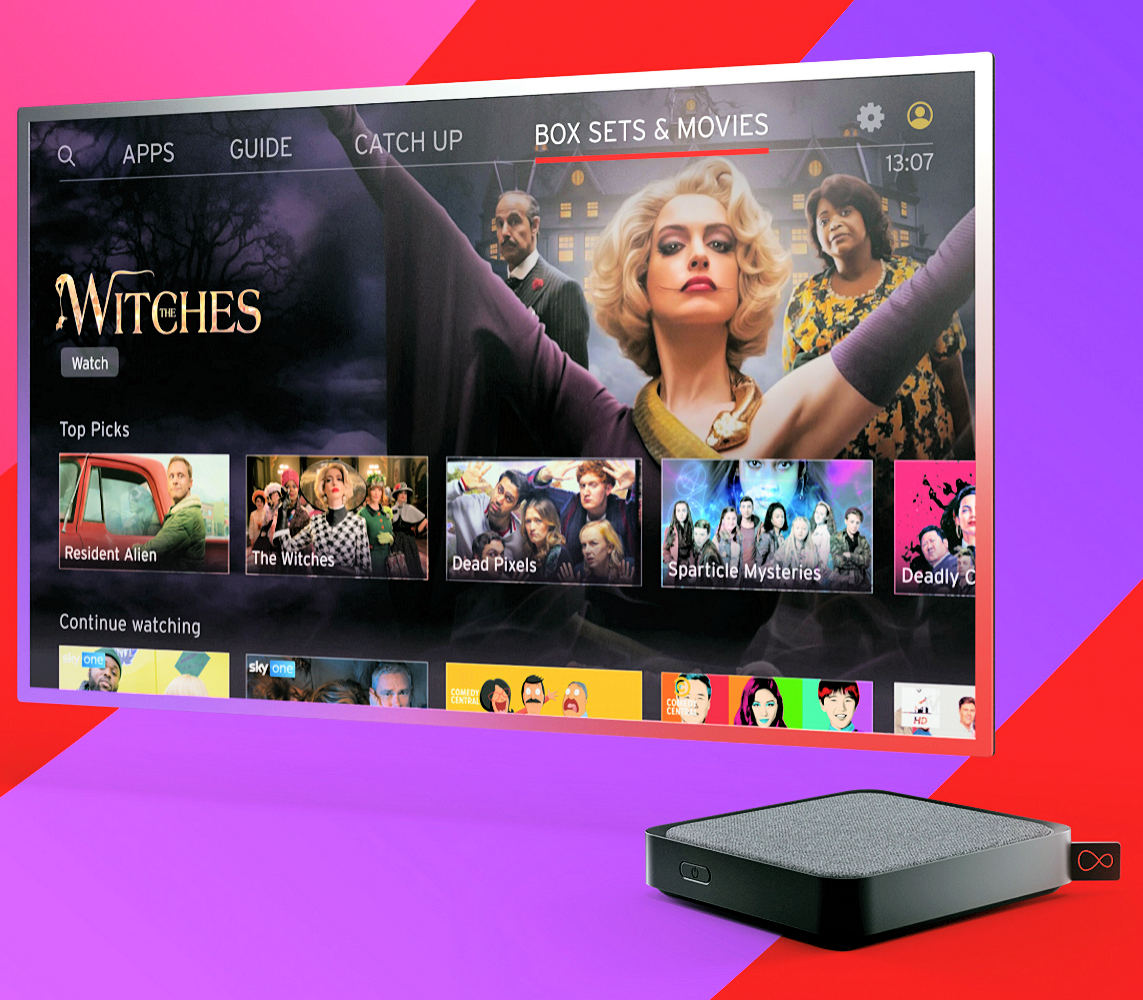

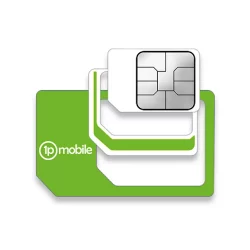

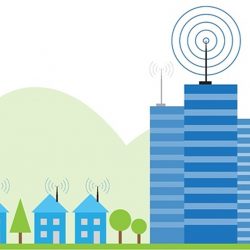












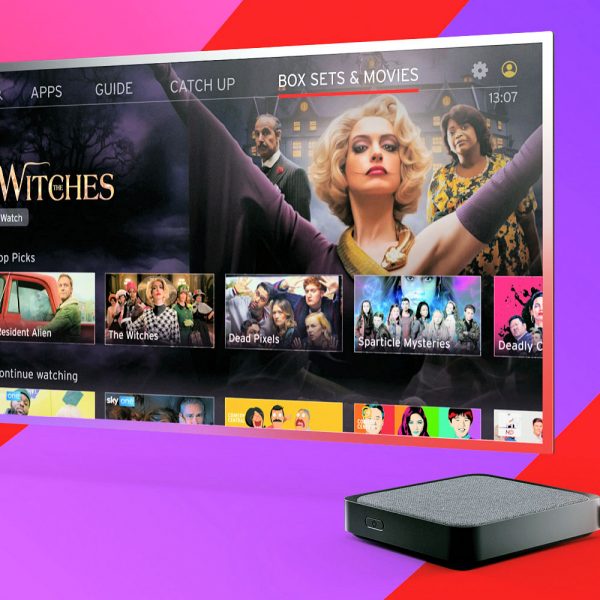

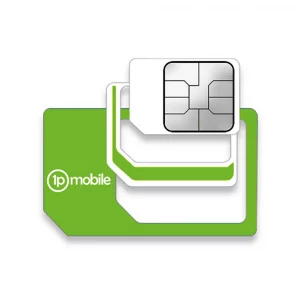
































Comments are closed